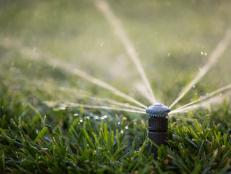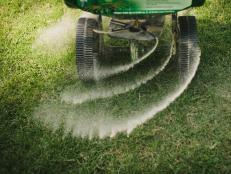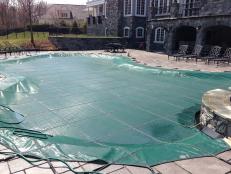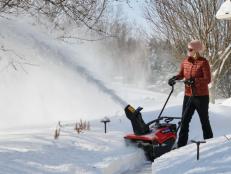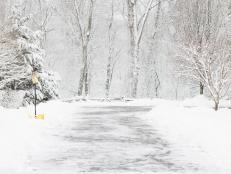How to Winterize Your Rain Barrel

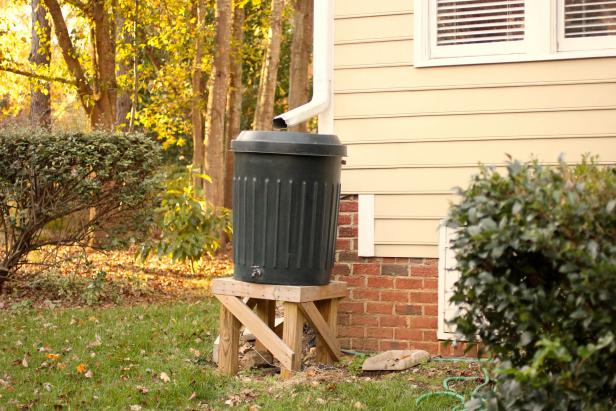
In warmer regions, rain barrels can be used all year long with little maintenance, but in cold climates, winter weather can spell trouble for even the sturdiest rain barrels. As ice expands, hoses split, barrels burst and water flow can be inhibited, causing damage to gutters or fascia.
Before freezing temperatures take their toll, taking measures to ensure your rain barrel is protected can save the hassle and expense of replacing parts or even the barrel itself once warm weather returns.
Consider these simple tips to make sure your rain barrel is winter-ready before the deep freeze sets in.
Drain rain barrel by opening all spigots. Once drained, turn the barrel upside down, if possible, to empty it completely. The average rain barrel weighs nearly 500 pounds when full and should be fully drained before attempting to move.
Remove hoses and rain spout diverter and leave faucets open. Hoses split easily in cold weather and should be stored out of the elements until temperatures remain consistently above freezing. Replace rain spout diverter with a flexible extension to redirect downspout away from the house to avoid potential damage to the foundation.
Clear debris from the barrel and the filter screen. An empty barrel is a good opportunity to clear out the muck that can lead to mold and fungus growth.
How to store. If space is available in the garage or basement, storing the barrel inside during winter months can protect it from incidental damage. If left outside, the barrel should be covered with a tarp or turned upside down to prevent water accumulation.






